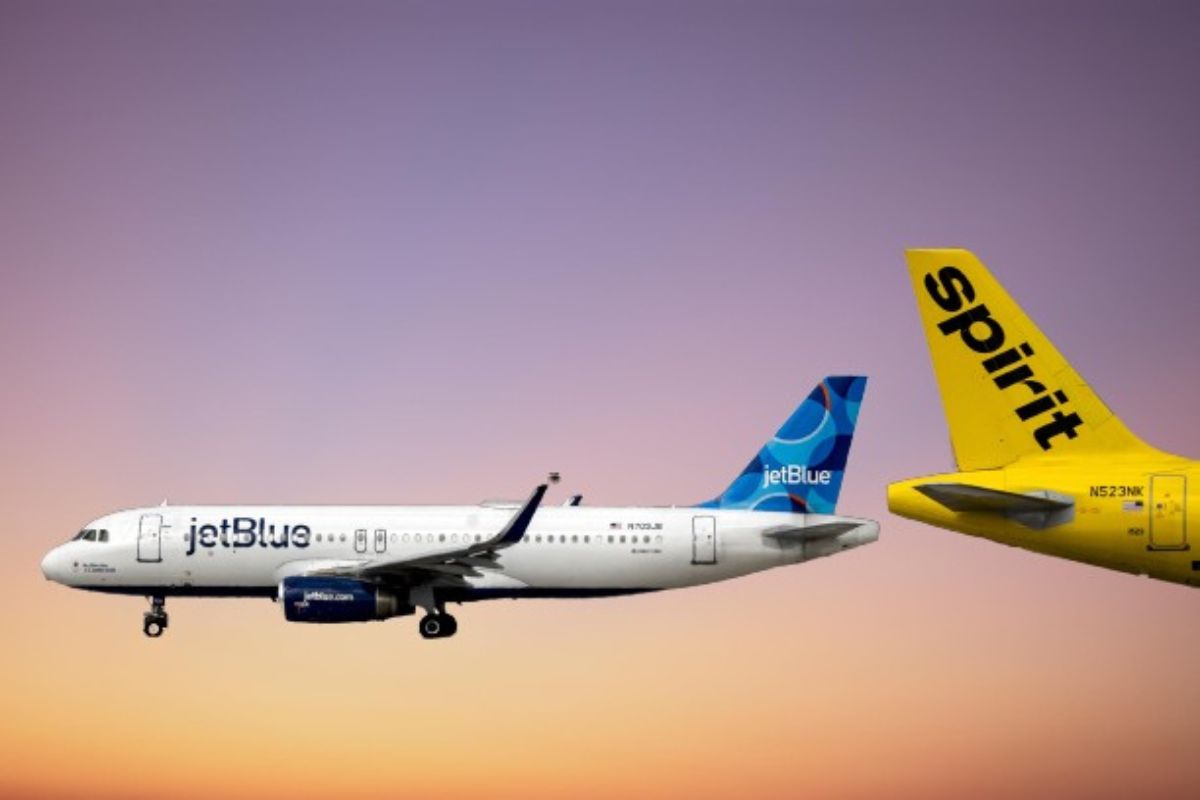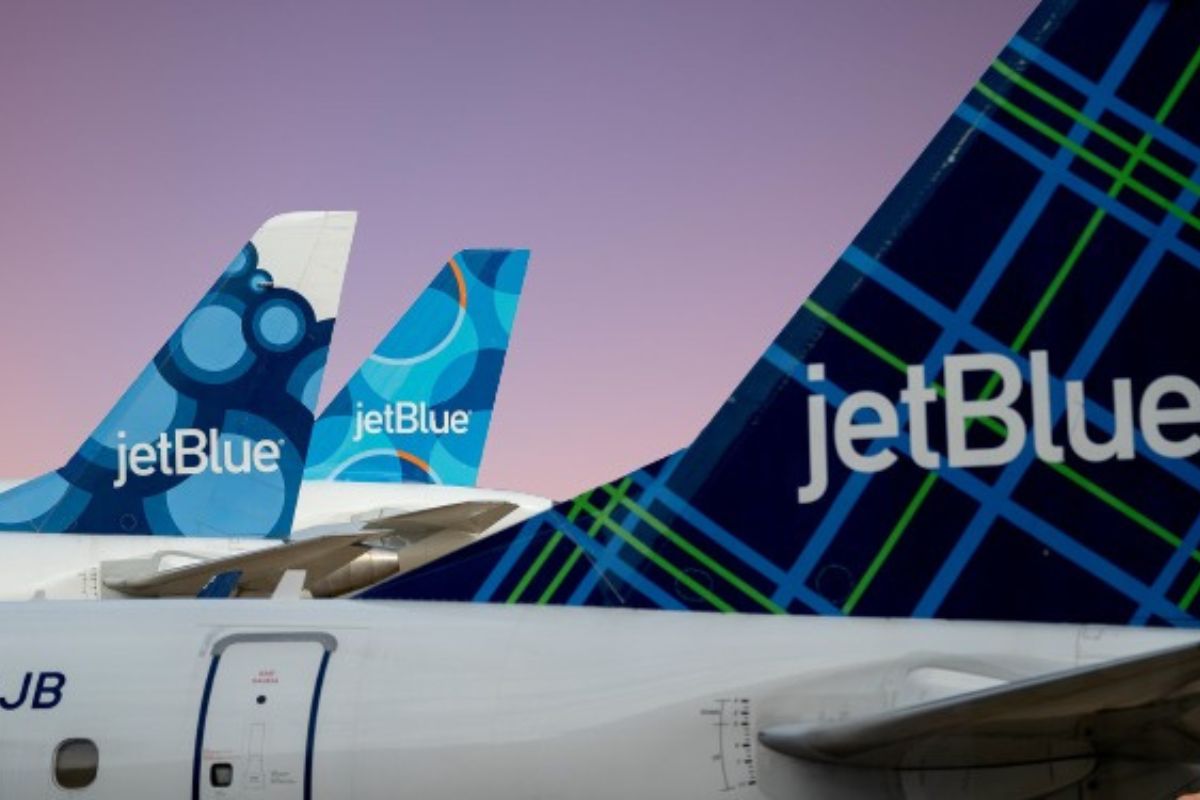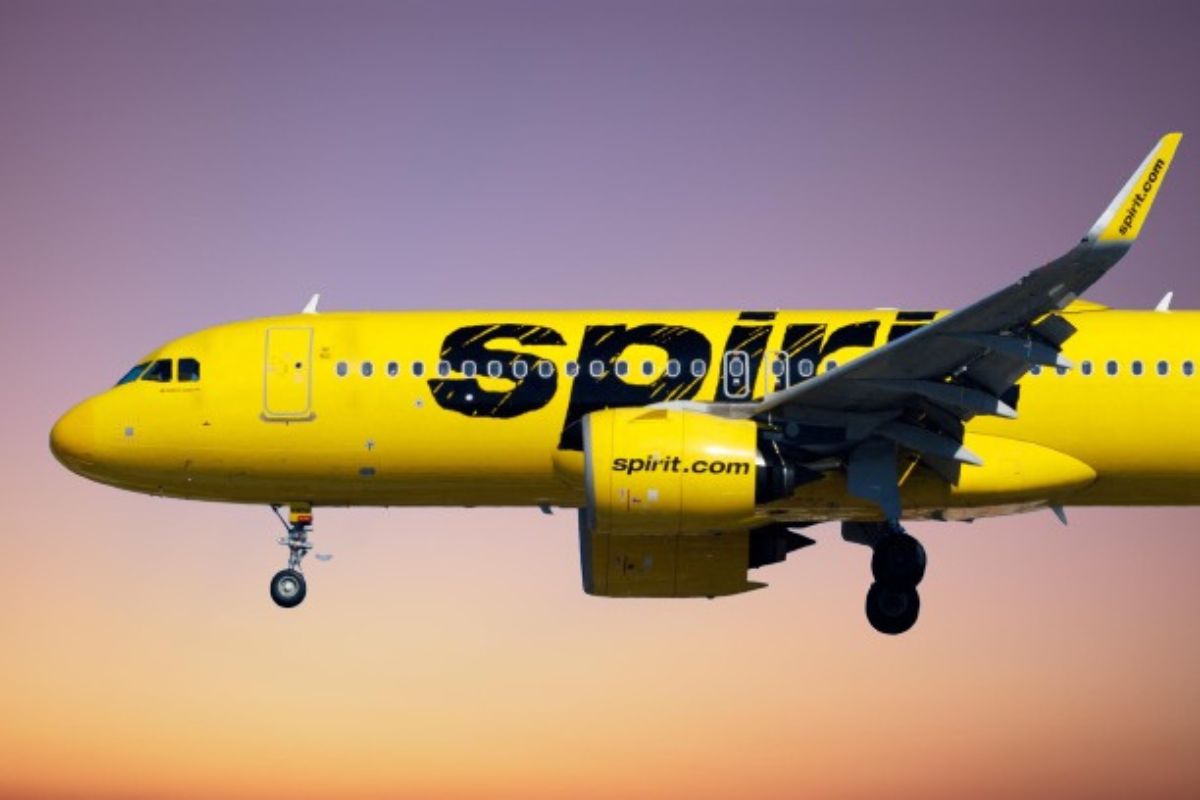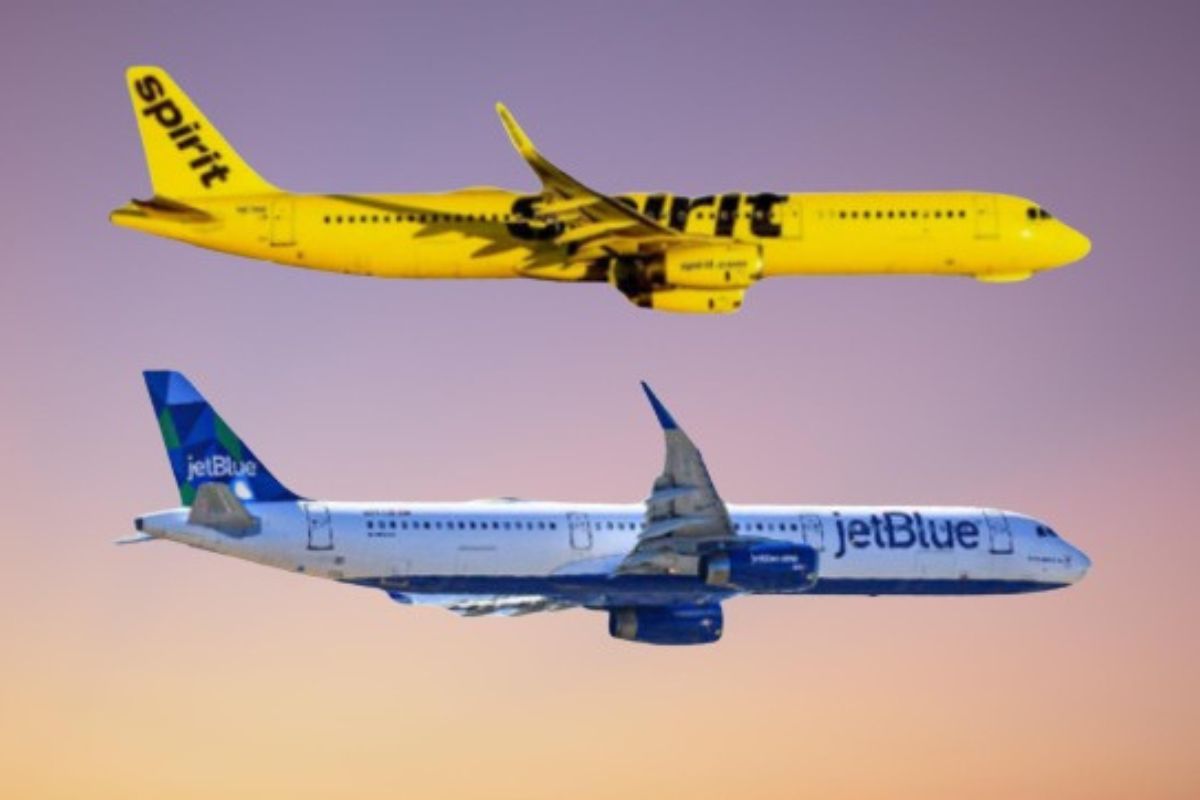JetBlue and Spirit: The highly anticipated merger appeal between JetBlue and Spirit Airlines is set to take place in June, marking a pivotal moment in the aviation industry.
As legal battles unfold and antitrust rulings loom, the outcome of this appeal will have far-reaching implications for both airlines and the financial landscape as a whole.
While JetBlue has unveiled a standalone strategy focused on the premium leisure segment, the question remains whether their aspirations for a merger can be balanced with the pursuit of standalone success.
With cost and capital discipline at the forefront of JetBlue’s operational and financial strategies, the road ahead holds both promise and uncertainty.
Stay tuned as we uncover the potential outcomes of this intriguing merger appeal and its impact on the aviation industry.
Key Takeaways
- The legal battle between JetBlue and Spirit Airlines over their proposed merger is ongoing, with a hearing scheduled for June.
- The Justice Department’s concerns about competition and fares complicate the situation, highlighting the regulatory hurdles JetBlue must overcome.
- The outcome of the appeal will determine the fate of the proposed merger, with legal obstacles overshadowing the strategic advantages.
- The shifting financial landscape and market volatility add complexity to the merger plans, potentially impacting Spirit’s financial stability.
Legal Battle Unfolds: JetBlue and Spirit Airlines’ Delayed Court Appeal
The delayed court appeal in the ongoing legal battle between JetBlue and Spirit Airlines unveils the complexities surrounding their proposed merger. The fact that the 1st U.S. Circuit Court of Appeals in Boston has scheduled a hearing for June is a clear indication that this battle is far from over.
Read More: Spirit Airlines Faces Limited Options as Judge Blocks JetBlue Merger
Both airlines had hoped for a quicker resolution, but it seems that the wheels of justice turn at their own pace. This delay not only impacts the timeline of the proposed merger but also adds to the uncertainty and tension between the two parties.
The Justice Department’s concerns about diminished competition and increased fares further complicate matters. It is evident that this legal battle is not just about two airlines trying to merge but also about the potential consequences for the industry as a whole.
Antitrust Ruling and Financial Landscape: Hurdles for JetBlue’s Merger Plans
JetBlue’s merger plans face significant hurdles due to the antitrust ruling and shifting financial landscape. The combination of these factors creates a challenging environment for the proposed acquisition.
Here are three key reasons why JetBlue’s merger plans are facing obstacles:
- Antitrust concerns: The Justice Department’s blockage of the merger in January highlights the regulatory hurdles that JetBlue must overcome. The court appeal scheduled for June will determine the fate of the merger, but the delay in the timeline only adds to the uncertainty.
- Legal obstacles overshadow strategic advantages: While JetBlue argues for strategic advantages resulting from the merger, these arguments are overshadowed by the legal obstacles they face. The antitrust ruling raises doubts about the viability of the merger and its potential benefits.
- Shifting financial landscape for Spirit Airlines: The financial landscape for Spirit Airlines has been evolving, adding another layer of complexity to the merger plans. The current economic uncertainties and market volatility may impact Spirit’s financial stability, potentially affecting the attractiveness of the proposed merger.
JetBlue’s Standalone Strategy Unveiled: Focusing on Premium Leisure Segment
Despite facing significant obstacles in its merger plans, JetBlue has unveiled a standalone strategy that focuses on the premium leisure segment, aiming to optimize revenue through targeted initiatives and partnerships.
The airline acknowledges its inability to compete with ultra-low-cost carriers on costs, so it has decided to play to its strengths by catering to a specific type of traveler. By targeting premium leisure travelers, JetBlue aims to tap into a market segment that values comfort and convenience over rock-bottom prices.
The strategy includes offering preferred seating options and expanding partnerships with online travel agents to attract these high-value customers. JetBlue recognizes the potential in this segment and believes that by focusing on the premium leisure market, it can maximize its revenue and maintain its competitive edge in key markets.
Cost and Capital Discipline: JetBlue’s Operational and Financial Strategies
JetBlue’s commitment to cost and capital discipline is at the core of its operational and financial strategies. In order to achieve this, the airline has implemented several key initiatives:
- Reducing aircraft orders: By scaling back on new aircraft purchases, JetBlue is able to control its capital expenditures and align its fleet size with current demand.
- Extending the life of existing aircraft: Instead of retiring older planes, JetBlue is finding ways to maximize their lifespan through maintenance and upgrades. This allows the airline to avoid the high costs associated with purchasing new aircraft.
- Exploring cost-effective fleet growth strategies: JetBlue is constantly seeking innovative ways to expand its fleet while keeping costs in check. This includes exploring partnerships, leveraging technology, and optimizing routes to maximize efficiency and profitability.
The Road Ahead: Balancing Merger Aspirations and Standalone Success
As JetBlue navigates the future, it faces the challenge of finding the delicate balance between its aspirations for a merger with Spirit and achieving standalone success.
While the airline expresses commitment to pursuing the Spirit acquisition, it is clear that attention must also be given to the standalone plan.
In order to succeed in the ever-evolving market dynamics, JetBlue is strategically shifting its focus on core customers, network optimization, revenue initiatives, cost discipline, and operational reliability.
The detailed standalone plan, set to be unveiled in May during the investor day presentation, will shape the airline’s trajectory moving forward.
It is essential for JetBlue to carefully consider its merger aspirations and ensure that they align with the goal of achieving standalone success.
Conclusion Of JetBlue and Spirit
The legal battle between JetBlue and Spirit Airlines over their delayed court appeal has shed light on the challenges and hurdles JetBlue faces in its merger plans.
Despite these obstacles, JetBlue has revealed its standalone strategy, focusing on the premium leisure segment, while maintaining cost and capital discipline.
Balancing its merger aspirations with standalone success will be the road ahead for JetBlue.
Our Reader’s Queries
Q2 What happens to spirit stock after merger?
A In 2022, JetBlue entered into a $3.8 billion agreement to acquire Spirit, aiming to form the fifth-largest airline in the United States. However, since a U.S. District Court judge intervened and prevented the merger, Spirit’s shares have experienced a significant decline of approximately 50%.
Q2 Who bought Blue Jet?
A In 1997, the ValuJet holding company, owner of the struggling ValuJet Airlines, acquired both the airline and the Airways Corporation holding company. Following the acquisition, the ValuJet holding company underwent a transformation and was rebranded as AirTran Holdings. Subsequently, ValuJet Airlines was merged into AirTran Airways as part of this restructuring.
Q3 Did JetBlue buy Spirit?
A A U.S. District Court judge intervened, preventing JetBlue’s planned $3.8 billion purchase of Spirit on antitrust grounds. This legal obstacle could compel Spirit to undergo restructuring, lower its fares, or potentially face liquidation, according to industry observers.




